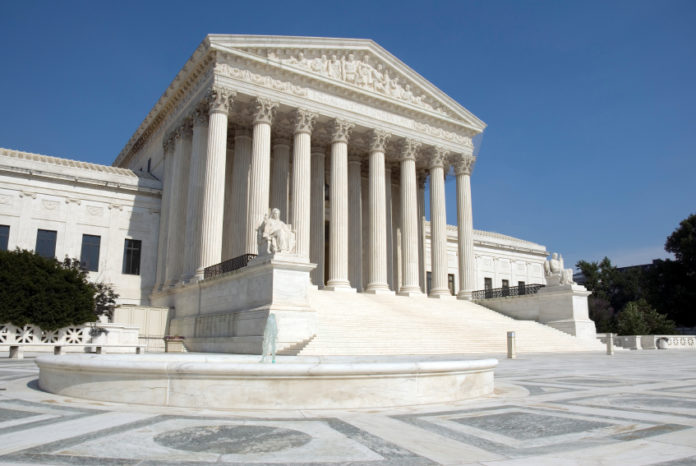
All of us are familiar with the term, Fruit of the Poisonous Tree. It is a legal term, born of the Exclusionary Rule, which prevents the use of illegally obtained evidence from being used against a defendant at trial. It is the backbone of the fourth amendment. It is what has prevented police from fabricating traffic stops, stop and frisk encounters and using evidence they are not entitled to, under law. Well, liberty took a nose dive this week when the U.S. Supreme Court examined the Utah case of Joseph Strieff. A case that calls into question our fourth amendment protections when dealing with cops on the street.
Strieff, was illegally detained and searched. However, during the illegal detention, a valid arrest warrant was found. Having already been illegally detained, a search uncovered drugs inside his vehicle. The courts played hot potato with this one, as different decisions flopped around the Utah court circuit. Initially, it was found that the valid search warrant justified the illegal search. The reasoning was unclear, but the court must have been using an “inevitable discovery” mentality when coming to that conclusion. An appeals court overturned the decision and the conviction against Strieff was thrown out. This case then made its way to the U.S. Supreme Court, where the justices’ voted 5-3 to reinstate the conviction against Strieff.
One argument for the reinstatement was a concept called the Attenuation Exception to the Exclusionary Rule. This Attenuation Exception, which is nothing new and extraordinarily vague, states that evidence obtained illegally can be used if the “connection between the misconduct and the discovery of the evidence is sufficiently weak.”
While this Attenuation Exception is somewhat obscure and vague, it has been used to submit unlawfully obtained evidence for decades. In a nutshell, if the officer can articulate a “good faith” argument for your illegal search or detention, even if wrong, the evidence obtained can be used against you.
The Supreme Court did have three dissenting Justices. Justices Sotomayor, Ruth Bader Ginsberg and Elena Kagan all cast dissenting votes, recognizing this travesty of justice for what it is. The dissenting opinion was sharp and dug deep into the heart of the issue at hand; the erosion of the fourth amendment.
“The court today holds that the discovery of a warrant for an unpaid parking ticket will forgive a police officer’s violation of your fourth amendment rights,” Sotomayor proclaimed.
“Do not be soothed by the opinion’s technical language: This case allows the police to stop you on the street, demand your identification and check it for outstanding traffic warrants even if you are doing nothing wrong.” added Justice Ruth Bader Ginsberg.
This ruling is another in a seemingly endless line cases that seek only to erode our freedoms and give more power to an already out of control police state.
Sources: Journal of Criminal Law and Criminology, The Free Thought Project.
This article (The Fourth Amendment is Dead after New Supreme Court Ruling) is a free and open source. You have permission to republish this article under a Creative Commons license with attribution to the author Alek Hidell and AnonHQ.com.





Disgusting that the so-called liberal justice, Stephen Breyer, voted with the majority. What could have possessed him? Maybe he was channeling the spirit of Antonin Scalia.
Warrantless searches also implies planted evidence
nt
This is not so cut and dry. The person was leaving a known drug house. I would think that could raise probable cause. Regardless. A criminal was apprehended and taken off the street. That in the end is a good thing.
If you don’t break the law…